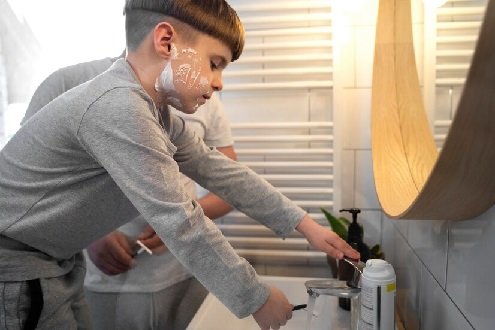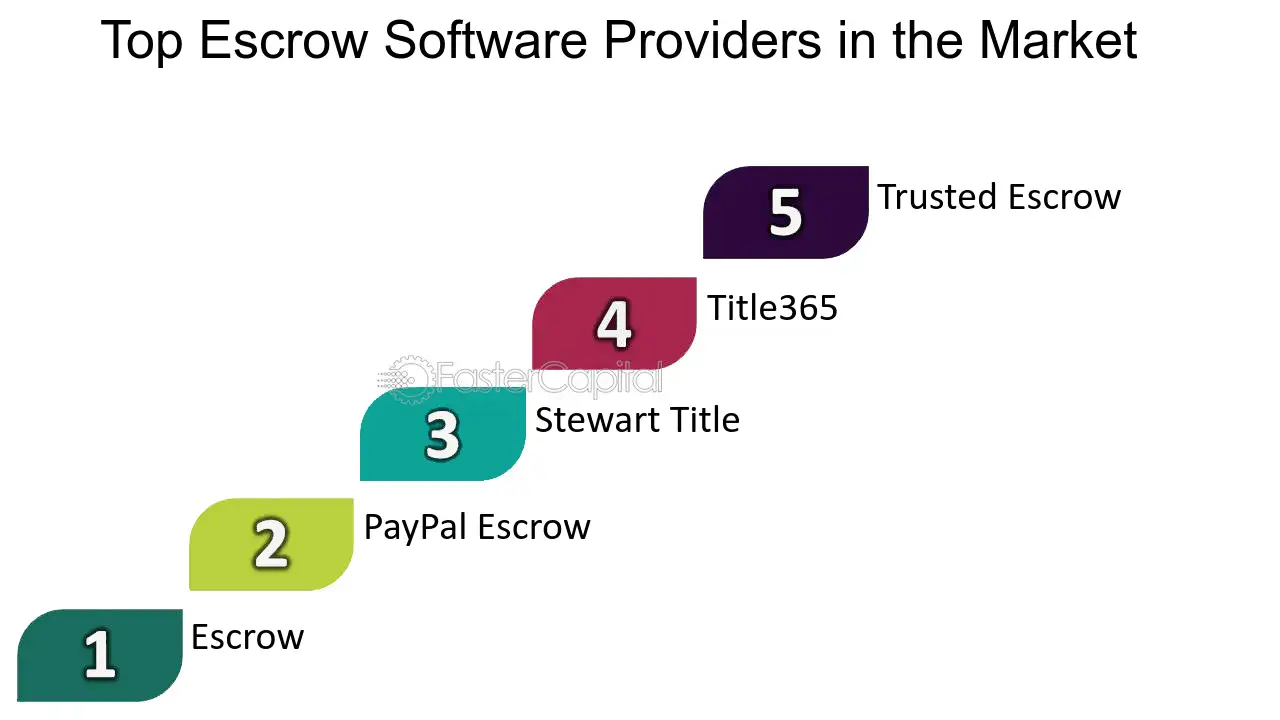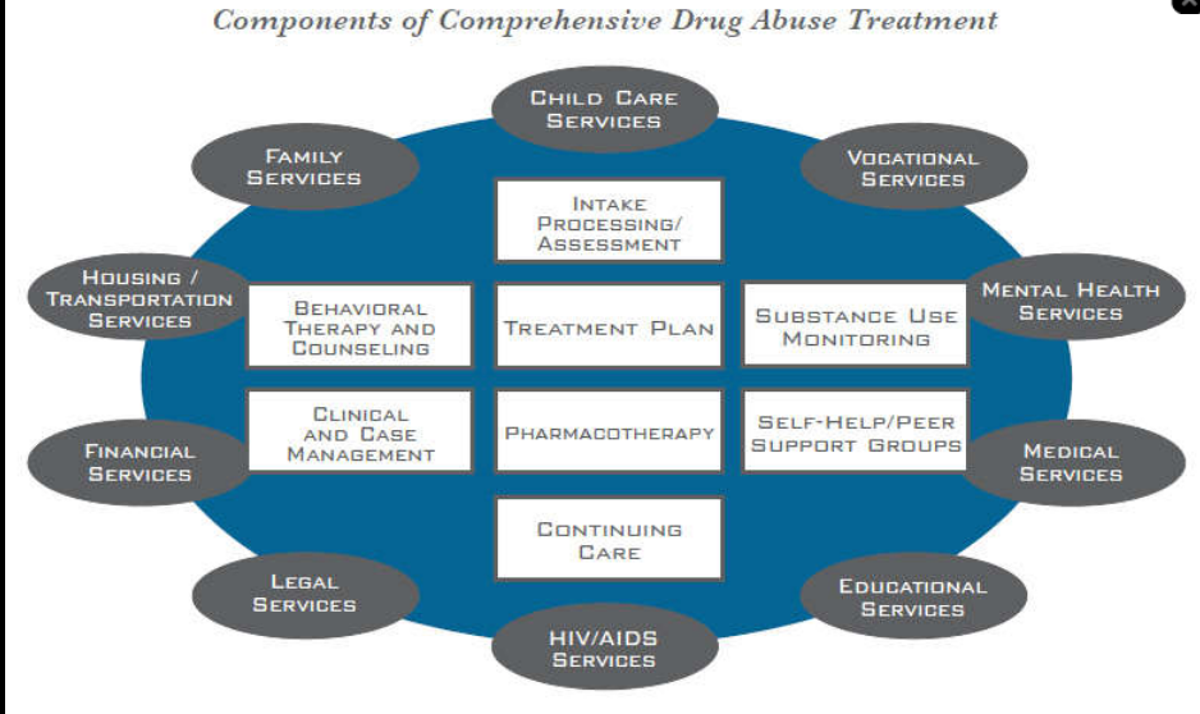
Ensuring your child gets a restful night’s sleep is essential for their growth and development. A crucial part of this equation is selecting the right mattress. With so many options available, choosing the perfect mattress for your little one might seem daunting, but it doesn’t have to be.
This guide will walk you through the importance of a good mattress, factors to consider, and tips for testing and purchasing a mattress.
The Importance of a Good Mattress
A good mattress is fundamental for a child’s health and well-being. Children spend a significant amount of time sleeping, and the quality of their sleep can affect their mood, cognition, and overall physical health. A well-chosen mattress supports proper posture, reduces the risk of sleep disturbances, and promotes deep, restorative sleep. Investing in a high-quality mattress is an investment in your child’s future.
Factors to Consider When Choosing a Mattress
When selecting a mattress for your child, several factors should be taken into account to ensure you make the best choice.
Size
The size of the mattress is one of the first things to consider. Depending on the age and growth of your child, you might choose from the following sizes:
- Crib Mattress: Ideal for infants and toddlers.
- Twin Mattress: Suitable for older toddlers to teenagers.
- Full Mattress: Offers more space and can be used from childhood through adolescence.
Ensure the mattress size matches the bed frame and leaves enough room for your child to grow.
Material
The material of the mattress plays a significant role in comfort and durability. Common materials include:
- Memory Foam: Provides excellent support and pressure relief. However, it may retain heat, which could be uncomfortable for some children.
- Innerspring: Offers good support and breathability. They tend to be more durable and affordable.
- Latex: Naturally hypoallergenic and resistant to dust mites and mold. It is durable and provides a balance of support and comfort.
Firmness
The firmness of a mattress is crucial for spinal alignment and comfort. For infants, a firmer mattress is recommended to reduce the risk of suffocation and Sudden Infant Death Syndrome (SIDS). Older children may prefer a medium-firm mattress that provides adequate support while still being comfortable.
Safety
Safety is paramount when choosing a mattress for your child. Look for mattresses that meet safety standards and certifications, such as CertiPUR-US or GREENGUARD Gold. These certifications ensure the mattress is free from harmful chemicals and low in volatile organic compounds (VOCs).
Tips for Testing and Purchasing a Mattress
Before making a purchase, it’s essential to test the mattress and consider a few additional tips.
Testing the Mattress
- Lie Down: Have your child lie on the mattress in their usual sleeping position to test comfort and support.
- Check Edge Support: Ensure the mattress has good edge support to prevent rolling off.
- Assess Motion Isolation: If your child is a light sleeper, a mattress with good motion isolation can prevent disturbances from movements.
Purchasing Tips
- Read Reviews: Look for reviews from other parents to gauge the mattress’s performance and durability.
- Check the Warranty: A good warranty can provide peace of mind and protect your investment.
- Visit a Store: Visiting a mattress store in Utah or your local area allows you to see and feel the mattress before buying.
- Look for Sales: Keep an eye out for sales and promotions to get the best value.
Investing time and effort into selecting the right mattress for your child can significantly impact their sleep quality and overall well-being. By considering the size, material, firmness, and safety of the mattress, and by testing and researching thoroughly, you can ensure your little one sleeps soundly every night. Happy shopping!








